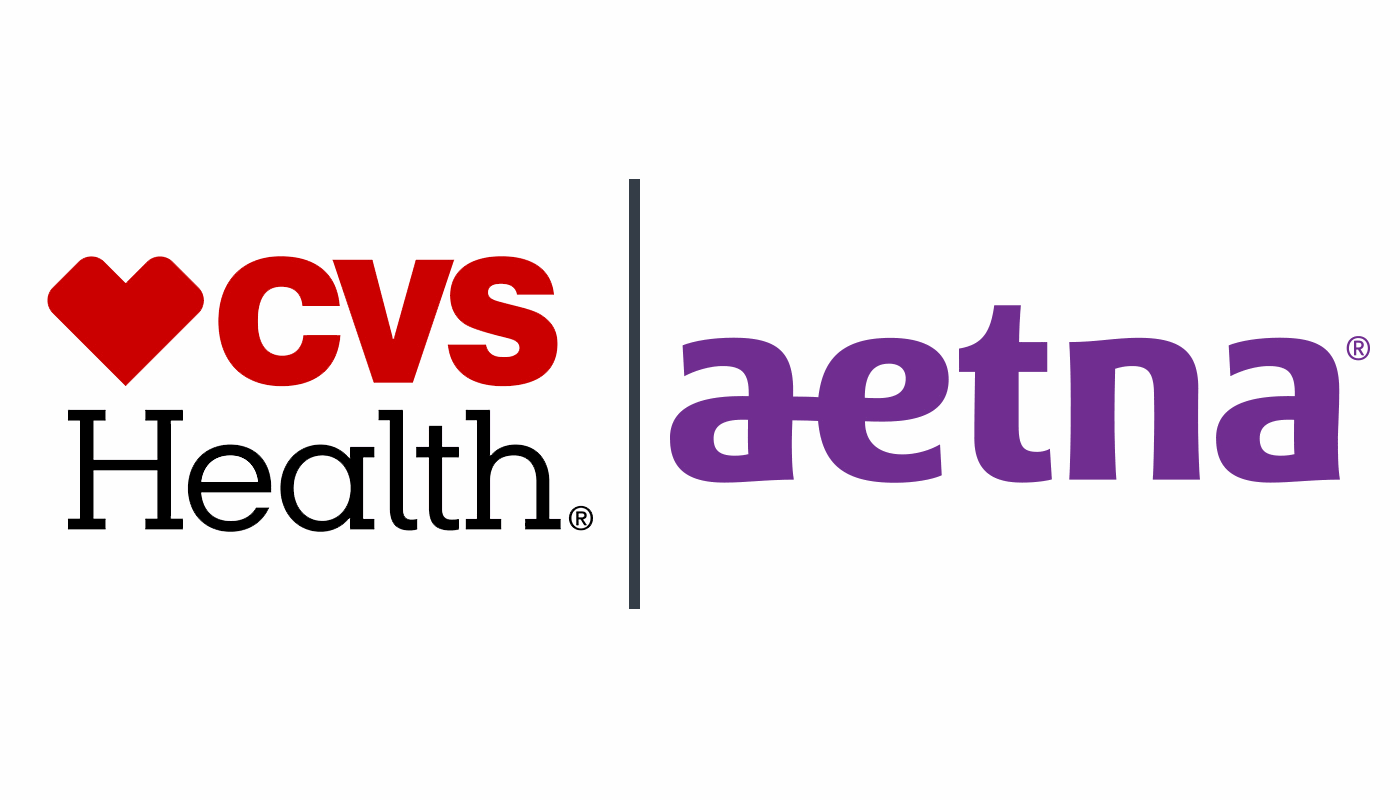Aetna’s medical benefit ratio drops further below Vitality Re ILS trigger in Q2
For the second-quarter of 2020, the medical benefit claims ratio reported by CVS-owned health insurer Aetna dropped even further below levels where its Vitality Re series of health insurance-linked securities (ILS) transactions could be triggered.
 This is despite the impacts of the Covid-19 coronavirus pandemic, which might have been thought a caused of elevated health insurance claims levels, but has actually turned out to be the opposite.
This is despite the impacts of the Covid-19 coronavirus pandemic, which might have been thought a caused of elevated health insurance claims levels, but has actually turned out to be the opposite.
It’s important to note here that the medical benefit ratio (MBR) reported by Aetna is not exactly the same as the one used in the trigger of the Vitality Re health ILS transactions, but sources tell us it tracks closely enough to be representative.
We’d explained before that the Vitality Re health insurance ILS transactions, which provide capital markets backed reinsurance protection to health insurer Aetna, are all exposed to potential triggering by the coronavirus pandemic.
The Vitality Re ILS transactions offer Aetna a way to transfer peak health insurance related risks to the capital markets, as a way of enhancing its reinsurance protection using a catastrophe bond-like structure.
They are an efficient way to access reinsurance capital for the health insurers’ financial structure, a tool that aids its capital efficiency and provides reinsurance coverage from a diversified source (the capital markets) as well.
The Vitality Re ILS notes are all exposed to increases in Aetna’s reported medical benefit ratio (MBR), so the reported metric of claims that the health insurer has received, to enable the notes to provide an indemnity source of reinsurance protection that is tightly aligned with Aetna’s actual claims experience.
As we explained earlier this year, at the end of the first-quarter of 2020 the medical benefit ratio (MBR) was reported as having reached just over 82%.
This was above the seasonally expected average for a Q1, but still far below the levels required to see any of the outstanding Vitality Re ILS transactions triggered.
The norm for a Q1 MBR from Aetna would typically sit between 78% to perhaps as much as 80%, meaning the 82% reported was really not that far above average.
In order for any of the Vitality Re ILS tranches of notes to attach and begin paying a reinsurance recovery to Aetna, the MBR’s would have to rise much higher.
In fact the riskiest tranche of outstanding Vitality Re ILS notes at this time appear to be the Vitality Re VIII Class B layer, which attaches from an MBR of 95.3% since its latest reset, while other Class B tranches have trigger points at around the 96% MBR point.
Bringing us onto the second-quarter of 2020, when you might have expected that health insurer Aetna would have been suffering due to a wave of health insurance claims related to the Covid-19 pandemic.
But this hasn’t been the case.
In fact, Aetna has reported an MBR for Q2 of just 70.3%, which is lower than the prior years 84% and takes the first-half 2020 MBR down further to 76.4%, again down on the H1 2019’s 84%.
Why did the MBR’s come out so much lower for Q2, a whole -13.7% down on the prior year?
It’s actually down to the effects of the coronavirus and how the pandemic has changed behaviours and actually resulted in fewer medical benefit claims being filed.
Aetna explained that the decline in the MBR is, “primarily due to the deferral of elective procedures and other discretionary utilization related to COVID-19 described above and the reinstatement of the HIF for 2020.”
The HIF, or health insurer fee, is related to the affordable care Act and its reintroduction for 2020 was always expected to reduce the MBR, Aetna said.
But the impacts of the pandemic on patient confidence to enter health care facilities appears to have also been a driver, alongside the forced deferral of procedures where medical facilities have been unable to deliver typical care procedures, driving down the MBR.
The question going forward will be whether those elective procedures and the resulting health insurance claims all come flooding in over a shorter period of time and elevate the MBR for a period.
It’s likely this wouldn’t be so overwhelming as to bring the MBR’s close to the Vitality Re ILS trigger points, but it could be enough to raise them significantly higher than we’ve seen them so far this year.
Four Vitality Re health insurance ILS transactions remain outstanding and on-risk at this time, across eight tranches of ILS notes.
These are the $200 million Vitality Re VIII Ltd. (Series 2017-1) issuance, the $200 million Vitality Re IX Ltd. (Series 2018-1) issuance, the $200 million Vitality Re X Ltd. (Series 2019)issuance, and most recently the $200 million Vitality Re XI Ltd. (Series 2020) issuance that only came to market at the beginning of this year.
In the secondary market the health ILS transactions have all but recovered the mark-to-market declines they experienced when the pandemic first broke out. It will be interesting to see whether any elevation in the MBR’s, as deferred procedures resume, could impact the secondary marks at all.
Aetna’s medical benefit ratio drops further below Vitality Re ILS trigger in Q2 was published by: www.Artemis.bm
Our catastrophe bond deal directory
Sign up for our free weekly email newsletter here.
Original Article Posted at : https://www.artemis.bm/news/aetnas-medical-benefit-ratio-drops-further-below-vitality-re-ils-trigger-in-q2/
